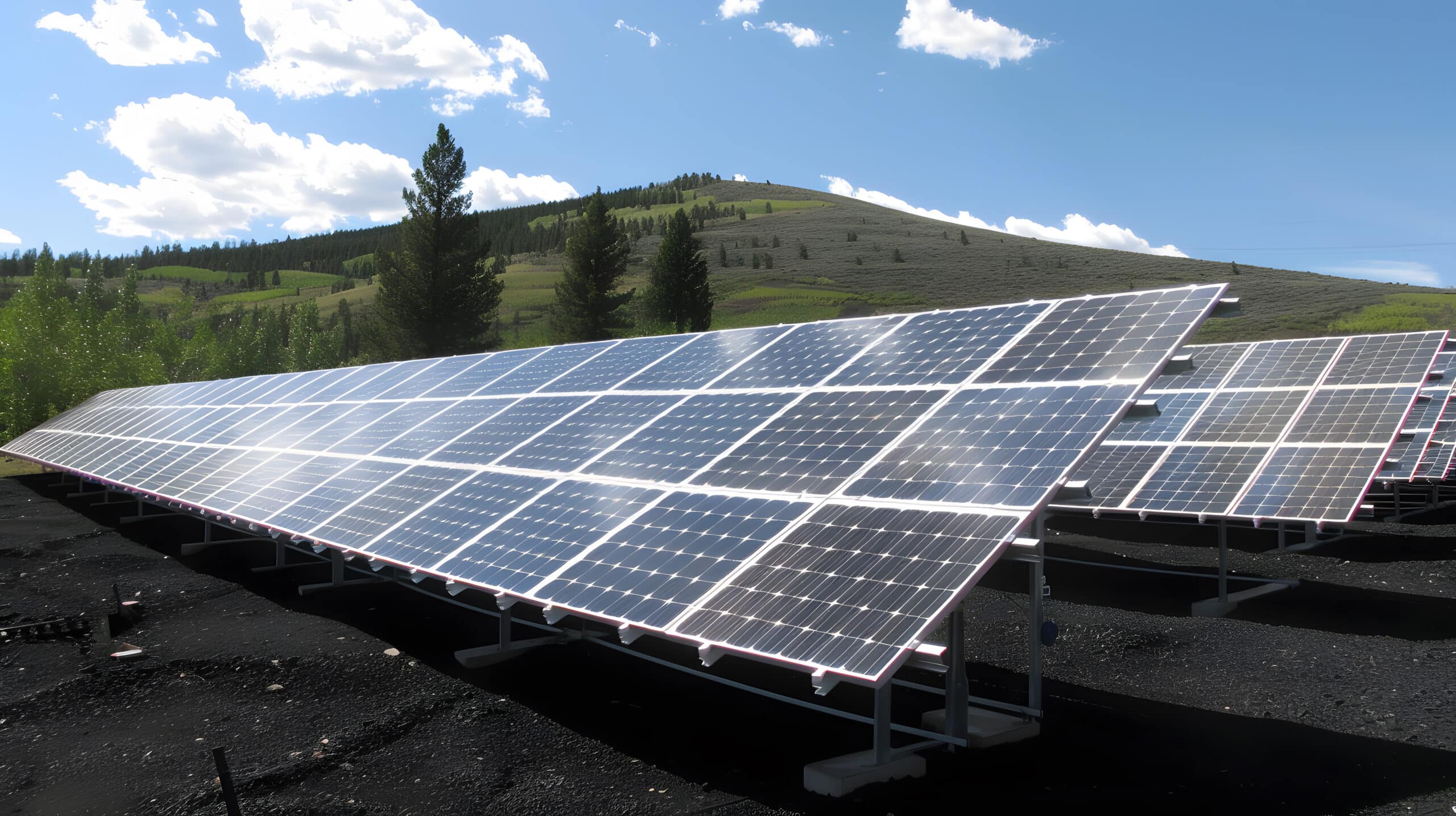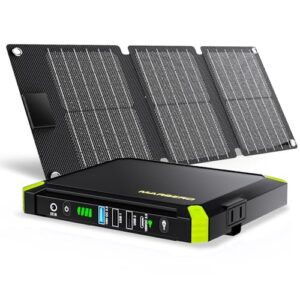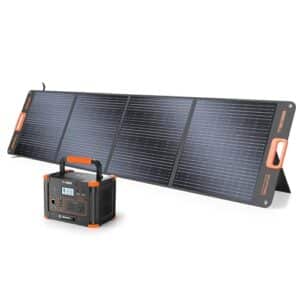Capacity of a Solar Panel in kWh?
Key Takeaways
- The size of a solar panel and its efficiency are two key factors that determine its capacity in kWh.
- The number of sun hours in the area per day and the total capacity of the solar panel system also affect the kWh production.
- Calculating the capacity of a solar panel involves determining the size, multiplying it by the efficiency, and adjusting for the number of sun hours to convert watt-hours to kilowatt-hours (kWh).
When it comes to solar energy, understanding the capacity of solar panels is essential. Solar panels are designed to convert sunlight into electricity, and their capacity is typically measured in kilowatt-hours (kWh). But what factors affect the capacity of a solar panel in kWh? Let’s explore this topic in detail to gain a better understanding.
Factors Affecting Solar Panel Capacity
Several factors influence the capacity of a solar panel in kWh. These factors include:
- Size of the solar panel: The physical dimensions of a solar panel play a significant role in determining its capacity. Larger panels generally have a greater capacity compared to smaller ones.
- Efficiency of the solar panel: The efficiency of a solar panel refers to its ability to convert sunlight into electricity. Higher efficiency panels tend to produce more kWh.
- Number of sun hours in the area per day: The amount of sunlight a location receives affects solar panel capacity. Areas with more sun hours per day have the potential for higher kWh production.
- Total capacity of the solar panel system: The combined capacity of multiple solar panels within a system determines the overall kWh production.
- Total size of the system: The number of panels multiplied by the size of one panel determines the total size of the system. A larger system generally has a higher capacity.
- Environmental factors: Factors like roof direction, angle, and shade can impact the amount of sunlight a solar panel receives, thus affecting its capacity.
- Geographical location and amount of sunlight received: The geographical location of a solar panel system influences the availability of sunlight, which directly impacts its capacity.
Calculating Solar Panel Capacity in kWh
Calculating the capacity of a solar panel in kWh involves a few steps. Here’s a breakdown:
- Determine the size of one solar panel by multiplying its square meter measurement by 1,000 to convert it to square centimeters.
- Multiply the converted size by the efficiency of one solar panel (represented as a decimal).
- Multiply the efficiency-adjusted size by the number of sun hours in your area per day.
- Divide the result by 1,000 to convert watt-hours to kilowatt-hours (kWh).
Following these steps will give you the daily kWh generated by the solar panel. To estimate the monthly kWh, multiply the daily kWh by the number of days in a month.
Understanding Solar Panel Capacity
Now that we know the factors and calculation involved, it’s important to understand the significance of solar panel capacity in kWh. Capacity indicates the maximum amount of electricity the solar panel can produce under ideal conditions.
For example, if a 400-watt solar panel in California has a capacity of 600 kWh in a year, it means that under optimal circumstances, the panel can generate an average of 1.64 kWh per day (600 kWh divided by 365 days).
However, it’s crucial to note that actual electricity production may vary due to factors such as weather conditions, panel degradation over time, and system inefficiencies. Therefore, it’s essential to consider these factors when estimating the actual output of a solar panel system.
Conclusion
The capacity of a solar panel in kWh is influenced by various factors, including size, efficiency, sun hours, system capacity, environmental factors, and geographical location. Calculating the capacity involves considering the size, efficiency, and sun hours, which can provide an estimate of the daily and monthly kWh production.
Understanding the capacity of a solar panel allows homeowners and businesses to assess the potential energy generation of their solar panel systems. However, it’s important to remember that actual electricity production may differ from the estimated capacity due to various factors. Consulting with solar energy professionals can help in determining the most accurate estimates for specific locations and setups.
Related Websites:
FAQs:
Q: Why are solar panels becoming increasingly popular?
Solar panels are gaining popularity as an alternative energy source due to their ability to harness renewable energy from the sun. They offer several benefits, including reducing electricity bills, decreasing reliance on fossil fuels, and contributing to a greener planet.
Q: What does the capacity of a solar panel mean?
The capacity of a solar panel refers to the amount of energy it can generate over a given period, typically measured in kilowatt-hours (kWh). Understanding the capacity helps determine how much electricity the panel can produce and contribute to meeting your energy needs.
Q: What factors affect the capacity of a solar panel?
The capacity of a solar panel is influenced by several factors. Panel size plays a role, as larger panels generally have higher capacity due to more surface area for sunlight absorption. Panel efficiency also matters, as higher efficiency panels can generate more electricity from the same amount of sunlight. Additionally, weather conditions, such as direct sunlight exposure and optimal temperatures, positively impact panel capacity.
Q: How can I calculate the capacity of a solar panel?
Calculating the capacity of a solar panel in kilowatt-hours (kWh) involves a few steps. First, determine the panel’s wattage rating. Then, consider the average daily sunlight hours in your location. Next, calculate the daily energy production using the wattage rating and sunlight hours. Finally, multiply the daily energy production by 30 to estimate the monthly capacity in kWh.
Q: What is the difference between solar panel capacity and actual energy production?
Solar panel capacity refers to the maximum amount of energy a panel can generate. However, actual energy production can vary due to factors like shading, panel orientation, and system losses. To obtain accurate energy production estimates, it’s recommended to consult with solar professionals who can assess your specific situation.






